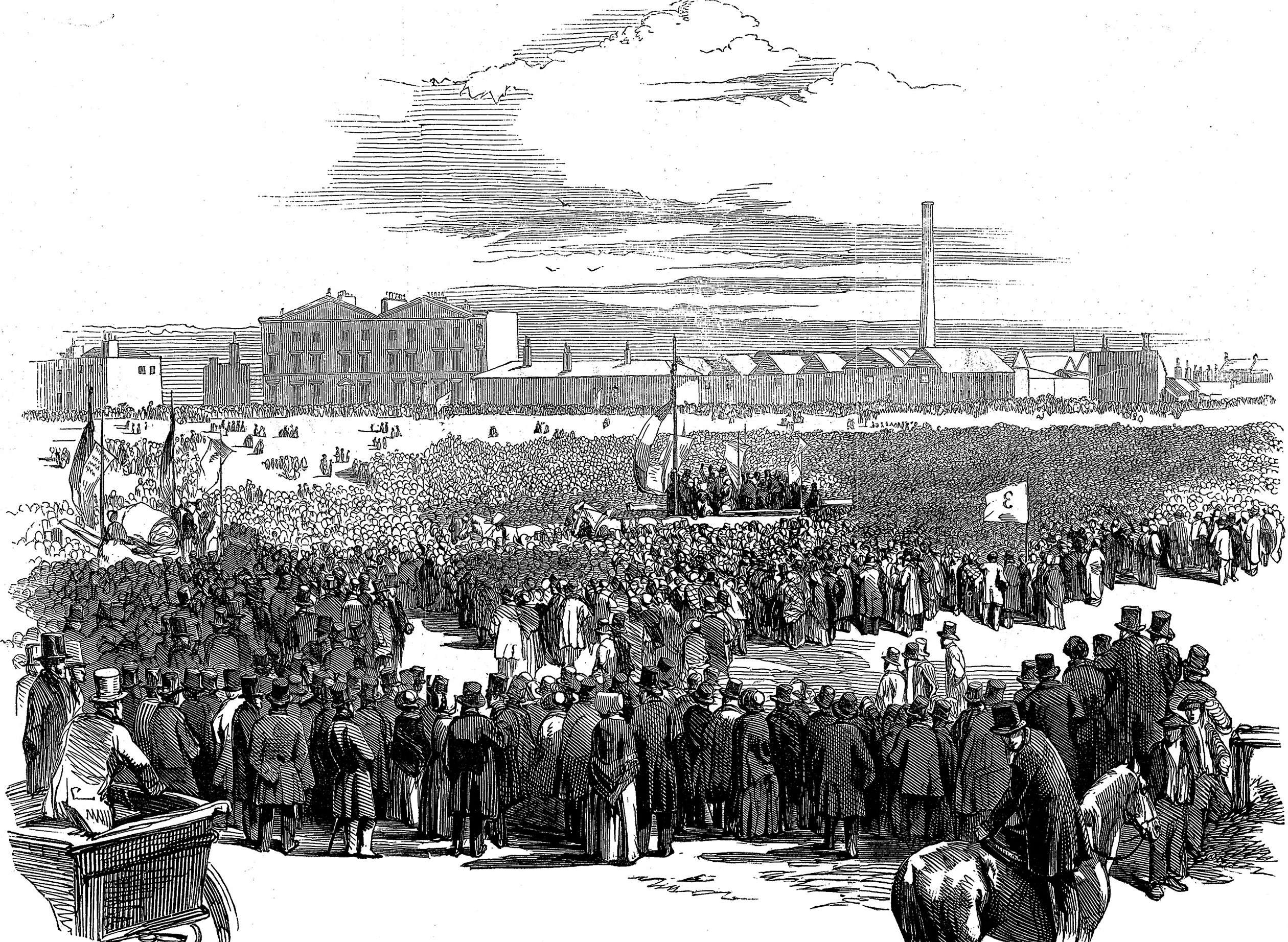
The People’s Charter, drawn up by the London Working Men’s Association and published in May 1838, was a detailed blueprint for a parliament bill. Those who campaigned for its implementation were known as Chartists.
Chartism was a mass movement that swept across Britain in the late 1830s and 1840s. At its height it commanded the support of some 3 million people. Most Chartists were working-class people and did not have the right to vote in elections. They used a range of strategies and tactics to try to persuade Parliament to implement the People’s Charter, including petitioning, mass meetings and setting up their own newspapers and organisations.
Your organisation does not have access to this article.
Sign up today to give your students the edge they need to achieve their best grades with subject expertise
Subscribe




